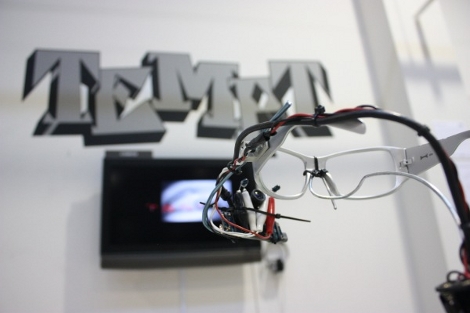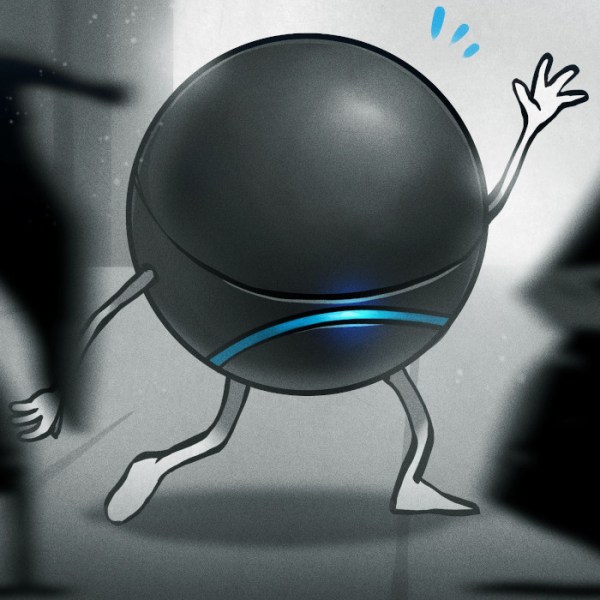
Here’s a pair of diametrically opposed hacks. One makes use of a real instrument to play Rock Band, the other makes use of a game controller to play real music.
[Tim] lets us know that his friend figured out how to play Rock Band 2 on expert level by playing flute instead of singing. Of course this works because the game is just looking for the correct frequency for scoring. It makes sense that the vocal lines can be offset by an octave and still register correctly. We wouldn’t have thought of this ourselves but now that we’ve seen her success, we will try it (our instrumental skills far out pace our singing talents).
Seeing this sparks a correlation with Phone Phreaking, which started with a blind kid singing a tone into the receiver to make the remainder of his long distance call free. This was followed by Blue Boxes that allowed people without perfect pitch to play the tones electronically. It would be interesting to see what could have been done with a talented flute player (like the beat-boxing flutist) and one of those old phone networks.
On the other side of the coin, we have [Jordan’s] project in which she creates midi controllers using Wii drums from Guitar Hero World Tour and Rock Band. The Guitar Hero drums are velocity sensitive, a feature she’s using in her setup. The MIDI data takes into account how hard the drums are struck and the resulting sound reflects that. This particular writeup outlines her use of Osculator for the velocity sensitive system, but you can also check out the tutorial she wrote covering the use of JunXion with the Rock Band controller that we covered in the past.
Video for both of these control schemes is included after the page break. We love to see people break the guise of “I’m creating music by playing a video game” and actually use their musical talents in a new and interesting way.
Continue reading “Instruments As Games – Games As Instruments” →
















